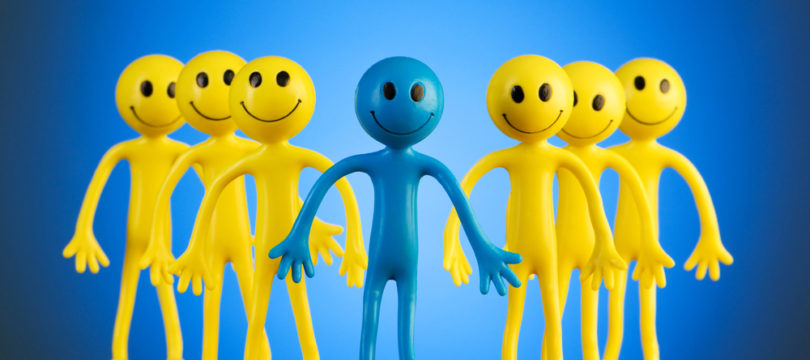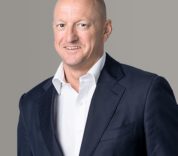
Like everybody I have been bombarded with online articles and media stories about how everybody is grappling with changes in their routine due to COVID, some of these changes have been beneficial and some negative, some short term and some will or may be long term. After reading an article by Associate Professor Drummond from Flinders University in South Australia “Exercise is Medicine” (1) I had some time to reflect on how I have seen exercise have a positive influence on a series of Surf Lifesaving athletes both young and old, in and out of the water for the past 20+ years.
Every week I get up 2-3 times a week at 4:25 am to go swimming training with one of my local swimming squads. At each session there is around 30 swimmers whose ages range from 13 to mid-40’s and swim 2 hours and up to about 4-5 kilometres a session. Most people I tell this story to think I’m crazy and when I tell them the age’s of kids that are also in the pool, jump to the conclusion that the kids swimming at this time must be doing poorly at school and are always tired.
What I have seen over the years is that the athletes that do attend these sessions both young and old all benefit from what AP Drummond has listed in her positives of exercise;
- It has very little side effects
- Meet new people, make new friends
- Has a positive impact on mental health, mood and memory
- Can reduce your risk of heart disease, stroke, type 2 diabetes, some cancers, depression, and falls (older adults)
- Improved sleep
- Strengthens bones and muscles
- Helps control your waistline
- Live longer.
What I have also seen is that most of these swimmers is that they are also doing well at school I used to just put it down to healthy body, healthy mind but what I have seen since my 13 year old son and 15 year old daughter have been swimming with me in the squad is that it’s all about the routine and planning and discipline. So, what do I mean?
Both kids know that because they need to get up at 4:25am 3 times a week that when they get home from school, they needs to get straight into their homework. This does not mean that they do not get on the PlayStation, Tick Tock or You Tube it just means that they plan out their routine in order to be able to do what is important to them first.
Stephen Covey talks about finding your true north in “First Things First” (2), In the book Covey talks about principles that are common amongst successful, effective, and constructive people. I only recently picked up Covey’s book again after completing my personal strategic plan. The plan was part of my Human Synergistic LSI (Life Styles Inventory) (3) journey.
In my plan I have focused on 5 keys pillars.
- Physical and Mental Achievement – exercise, good sleeping habits and self-development (personal)
- Culture and Commercial – business growth and self-development (work)
- Community – involvement with the local football and Surf Lifesaving club
- Voyage – focussing on the journey and not the destination
- Be Present – invest time in my family and share moments that are important to me and them
So, whilst the Life Styles Inventory (LSI) helps you understand and change your thinking and behavioural styles to increase your effectiveness. The development of your strategic plan as part of the process also helps you calibrate your compass and find your true north.
Now I don’t claim for a second that improved effectiveness will mean that you need to get out of bed at 4:45 to go swimming or run a marathon 4 times a year, but finding what it is that is important to you and worth doing first…..is.



